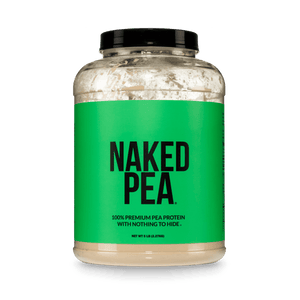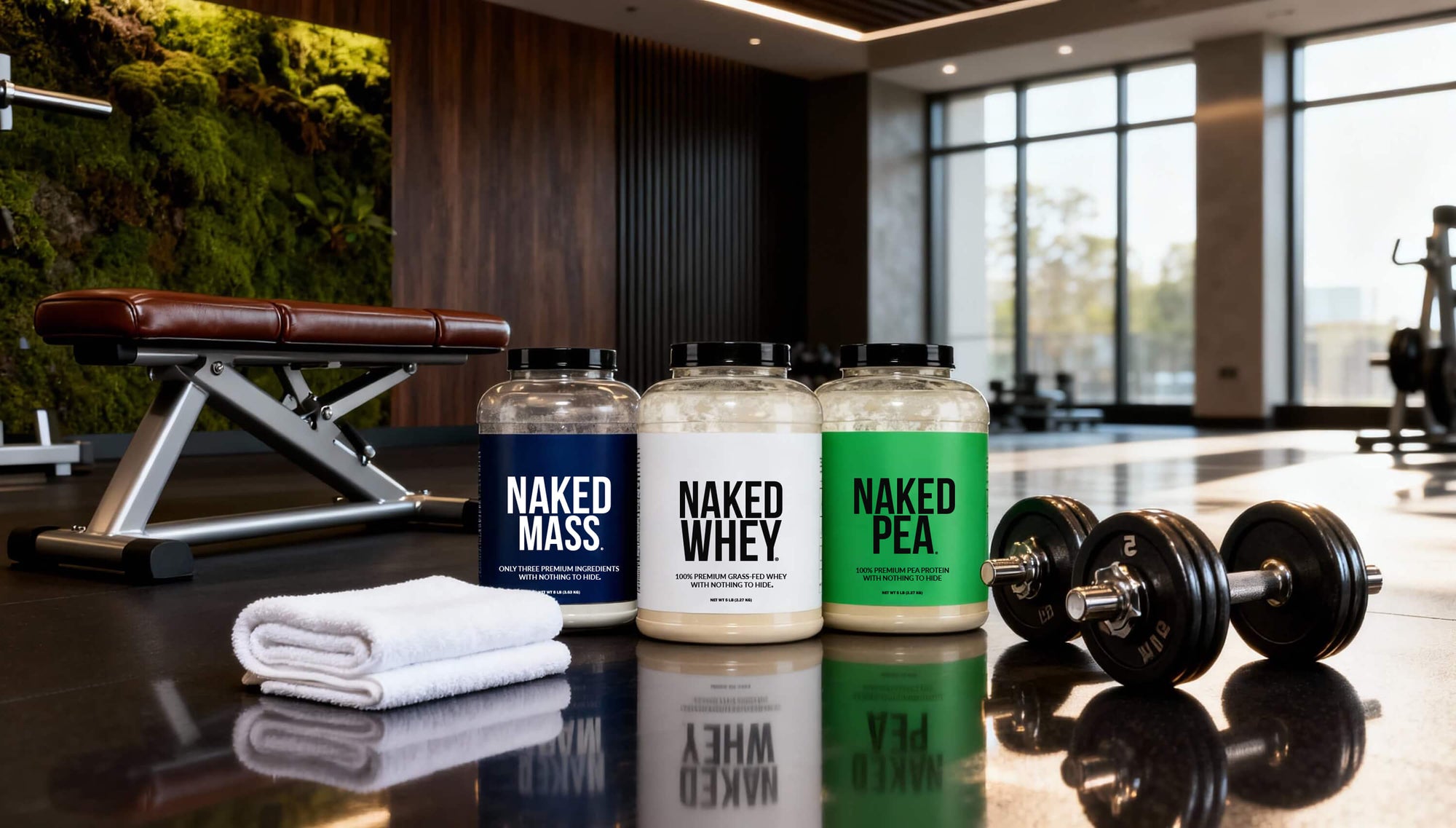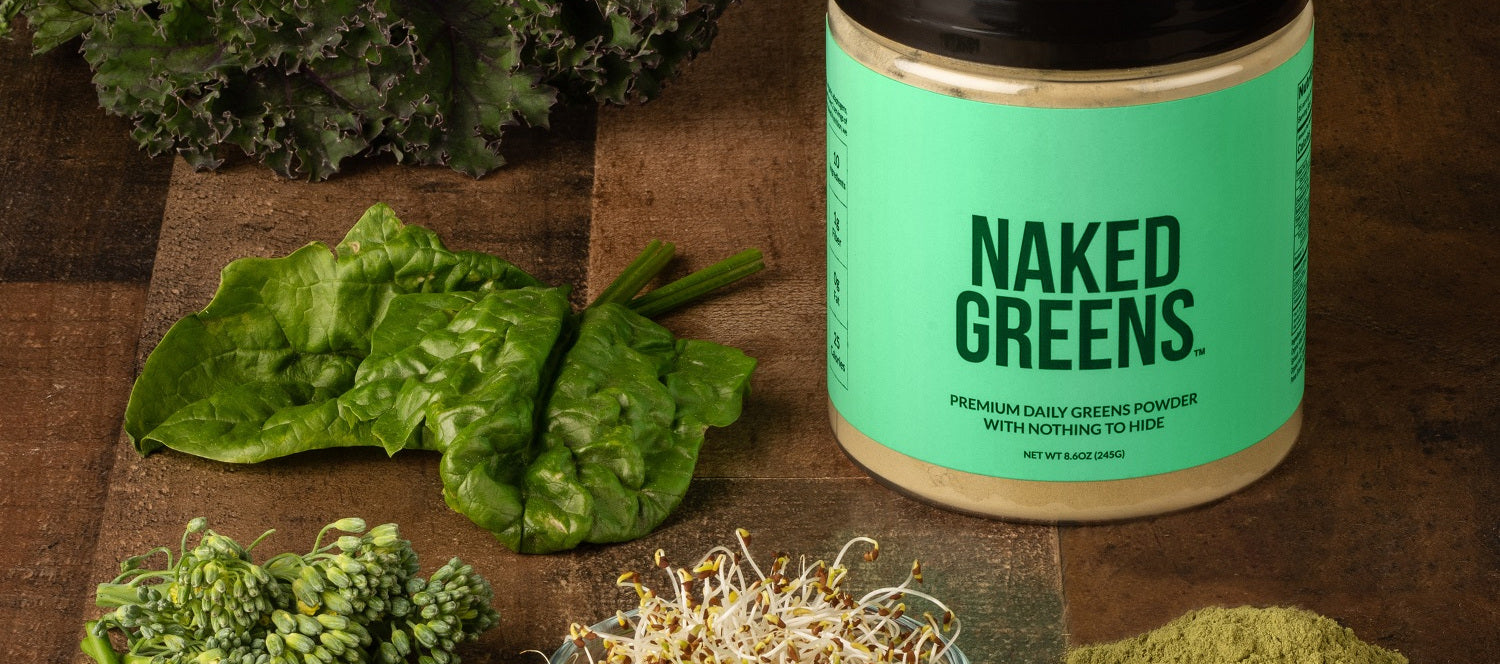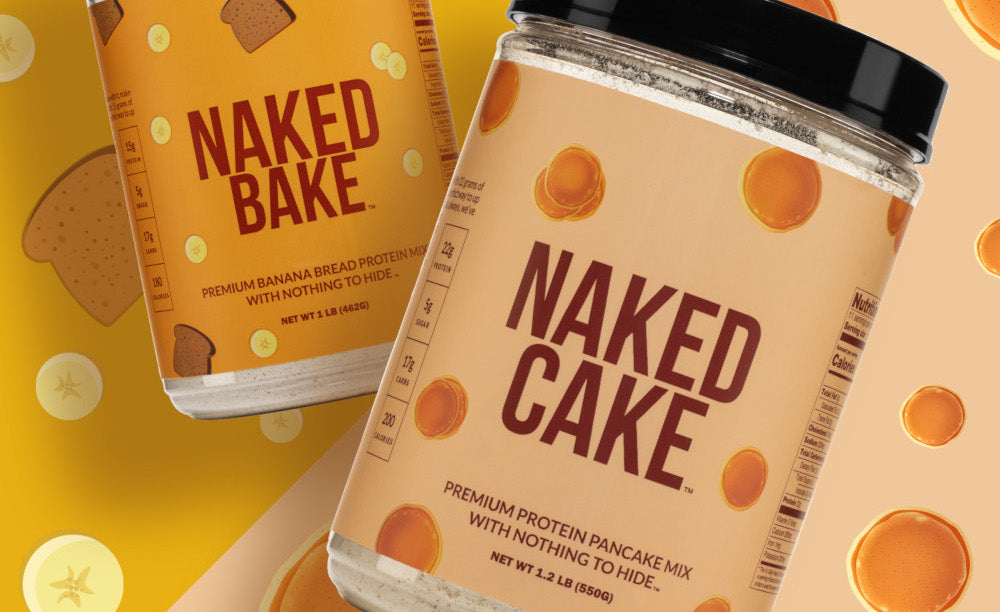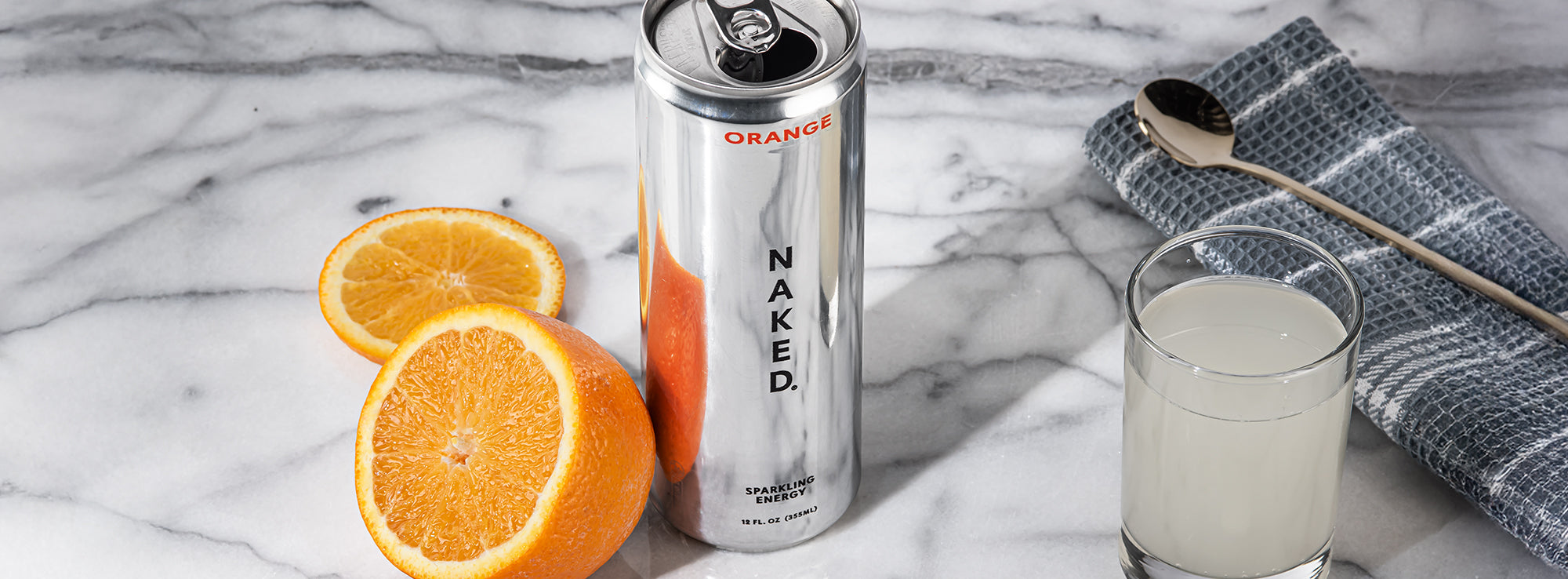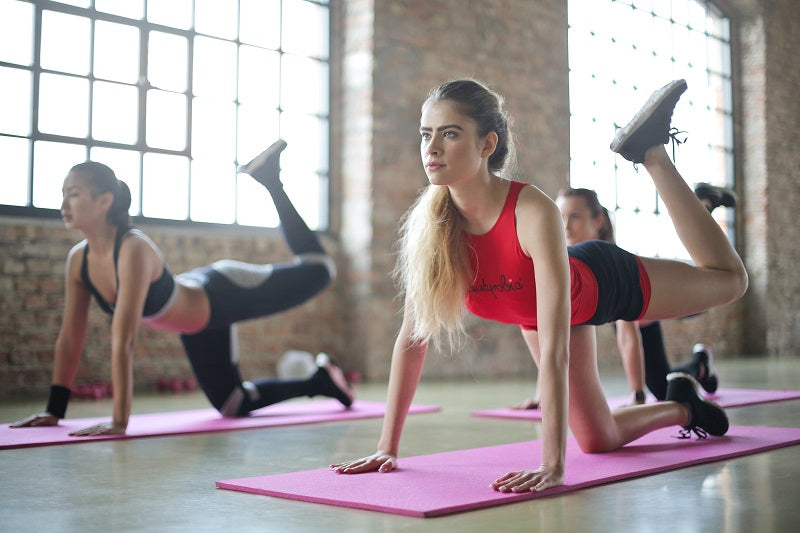
Glute workouts are not just for Instagram models. We can all benefit from strong and developed butt muscles in various ways.
Your glutes are the largest muscles in your body, and strengthening them can protect you from injury, support your hips, and increase mobility, among many other benefits.
And the good news is that you can develop buns of steel at home with minimal equipment. All you need is a mat and some resistance bands.
Below, we’ll list 4 easy at home glute workouts you can start incorporating into your routine today.
But first, let's look a bit closer into why you should focus on your glute muscles.
Why you need strong glutes
Well, let’s be honest. There’s nothing quite like well developed glutes when it comes to a good looking body.
And that goes for both men and women. Numerous surveys have shown that women consistently rank the glutes as one of the sexiest muscles on a man’s body.
But the benefits go well beyond aesthetics. Here are some of the most important reasons why you should work on your glutes.
Injury prevention - Strong and balanced glutes can help ensure proper form when doing exercises like squats and deadlifts. Weak glutes cause you to put additional pressure on your lower back, increasing the risk of injury.

Athletic performance - Think of your glutes like the foundational muscles when it comes to athleticism. This is why you’ll see athletes, whether it's football, soccer, or baseball, with well developed glutes. Glutes, along with your core, can help you run faster, jump higher, and have more agility.
Improved posture - A firm butt means better posture. Sitting for prolonged periods, as most of us do, can lead to weak and tight glute muscles. This increases pressure on the lower back, which can cause back pain and bad posture. Strengthening your glutes can counter the effects of sitting for long periods and improve posture.
Lift more weights - Having stronger glutes means that you can improve your squats and deadlifts. The more weights you can lift with proper form, the more muscles you can gain and improve your body composition.

4 easy at home glute workouts
Now that we’ve covered why you shouldn’t neglect your glutes, let’s look at some at home exercises to build stronger glutes.
You can also perform these exercises at the gym before doing heavier squats or deadlifts. These will help “activate” your glutes, so you utilize them more efficiently during heavier lifts, resulting in better glute development.
At home, you can do multiple sets of each of these exercises as a part of your weekly routine. You could also do them before an “at-home leg day”, which may consist of exercises like goblet squats, pistol squats, and single-leg deadlifts.
1. Clamshells
Equipment: Resistance bands
Clamshells work each gute individually, which is a great way to make sure there are no imbalances, and that both of your glute muscles develop equal strength.
That’s vital to prevent injuries and to make sure that when you perform heavier lifts like squats, you’re recruiting both sides equally.
If you have one glute that is stronger than the other, it can lead to muscle imbalances to increase risk of injury.
Clamshells will also improve glute aesthetics because they help you target that ever-important “side-butt”.
Here’s how to do it.
Take a resistance band and place it right above your knees. Lie on your side with your hips and feet stacked on top of each other.
Then bend your knees to form a “triangle” with your legs. Squeeze your glutes, engage your core, and make sure your butt is untucked.
Now, keep your feet together and lift one knee to the top. Exhale as you lift your knee, and inhale as you bring it back down.
Repeat 15-20 times, and then switch sides.
Here is a helpful video from the Ohio State Wexner Medical Center.
2. Glute bridges with bands
Equipment: Resistance bands
You’re most likely already familiar with glute bridges.
You lay on your back with your knees bent and feet hip-width apart. Then you raise your hips off the floor towards the ceiling. Along with your glutes, it also works your hamstrings, abs, and lower back.
One way to add resistance and intensity to the glute bridges is to use a resistance band.
Check out this video from Men’s Health on how to correctly perform glute bridges with bands.
3. Lateral bands walk
Equipment: Resistance bands
Place a resistance band above your ankles, and bend your knees into a half squat (or a quarter squat if you prefer). Start with your feet about hip-width apart.
Maintain tension in the band at all times, and start stepping your feet laterally. Take 5-10 steps on one side. Then switch, and step laterally with the other foot to return to your starting position.
This is also a great warmup exercise before a run to get your quads and glutes firing.
Here’s a video from Women’s Strength Nation that shows you how to do it.
4. Walking lunges
Equipment: Bodyweight (kettlebell or dumbbell optional)
Walking lunges are a popular leg exercise that are also beneficial for the glutes.
They are most effective for the glutes when paired with one of the exercises mentioned above. The reason is that when you activate the glutes by isolating them, then you would use your glutes more efficiently when performing leg workouts like walking lunges.
Chances are, you're already familiar with lunges, but here is a video from Men’s Health if you need a refresher on the form, as well as some variations.
Refuel after your glute workout
Exercise is one part of the equation when it comes to gaining strength and mass, whether its your glutes, or any other muscle group.
Creatine monohydrate is one of the most well-researched workout supplements that help exercise performance, as well as post workout recovery and muscle gain.

If you’re wondering when to take take creatine, there are different schools of thought, but many prefer to take it before a workout to improve exercise performance.
You can also add a protein supplement like Naked Whey, which contains 25 grams of clean grass-fed whey protein, and BCAAs like Leucine, to support muscle gain, increased strength, and post workout recovery.

